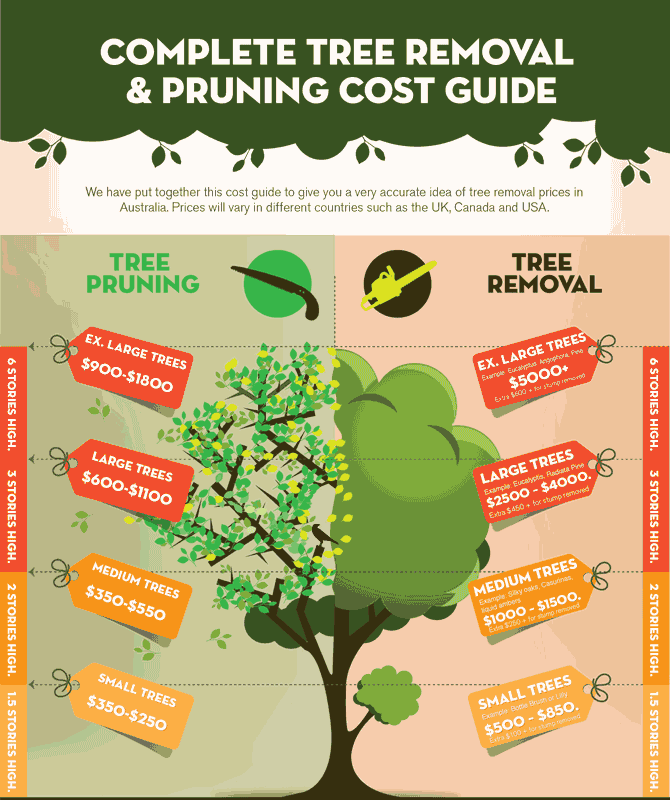Interested About The Hidden Dangers Connected With A Dead Tree In Your Backyard? Learn Why Overlooking It Could Lead To Significant Problems
Team Author-Blackburn Davies When it involves dead trees, the dangers may not be right away apparent, yet they exist, prowling in your outdoor space. From potential property damage to security concerns, a dead tree is a silent threat that shouldn't be underestimated. So, what exactly makes a dead tree so harmful? Allow's discover the hidden dangers that could be looming in your yard, waiting to strike when you the very least anticipate it.
Possible Hazards of Dead Trees
When dealing with dead trees, it's vital to be aware of the possible threats they posture. Dead trees can pose significant threats to your safety and the wellness of your building. One substantial threat is the risk of falling branches and even the whole tree itself. Dead trees are most likely to lose limbs, specifically throughout storms or high winds, which can create injury to people or damages to structures below. Additionally, Read the Full Write-up go to a higher risk of attracting bugs like termites, which can infect neighboring healthy and balanced trees and even your home. It is necessary to consistently check your property for any indicators of dead or rotting trees. Watch out for weak or discolored branches, missing bark, or indications of disease or infestation. If you observe any one of these warning signs, it's best to call an expert arborist to assess the circumstance and recommend the appropriate course of action.
Threat of Residential Property Damage
Dead trees offer a significant danger of property damages because of their raised chance of dropping branches or falling totally. When a tree passes away, its architectural honesty weakens, making it prone to abrupt collapses. Branches can break short throughout storms or strong winds, posturing a danger to any type of structures or automobiles listed below. These falling branches can trigger damage to roofs, home windows, vehicles, and other parts of your residential or commercial property. Additionally, if the whole dead tree drops, it can cause even more serious residential property damages. The influence of a dropping tree can be devastating, causing structural damages to buildings, fences, and any other items in its course. The expense of repairing such problems can be significant and may not be covered by insurance coverage if negligence in tree upkeep is established. To mitigate the threat of home damages from dead trees, it's essential to deal with the problem promptly by eliminating the dead tree prior to it positions a hazard. Taking aggressive steps can help safeguard your building and avoid expensive damage in the future.
Relevance of Timely Elimination
Prompt elimination of dead trees is vital to securing your home and stopping potential risks. Overlooking a dead tree on your facilities can bring about a waterfall of threats. Dead trees are much more at risk to toppling over throughout storms, high winds, or heavy snowfall. This can result in severe residential property damages, accident, and even deaths. Timely elimination of dead trees eliminates these threats, making certain the safety of your home, household, and neighbors. Along with the prompt threats, dead trees can attract bugs and illness that may infect various other living trees in your lawn. This can cause prevalent tree damages and at some point impact the general wellness of your landscape. By removing dead trees quickly, you not just prevent prospective dangers however also maintain the vigor and appearances of your outside space. Do not wait till it's too late. Act now to get rid of dead trees from your building and protect yourself and your environments from the severe effects of disregarding this critical task. Conclusion Don't wait until it's far too late to address the risks of a dead tree. Act promptly to avoid residential property damages, injuries, and parasite invasions. Normal assessments and timely elimination are key to preserving safety and visual appeals in your outdoor areas. Do not ignore the threats – act currently to protect on your own and your residential property. 